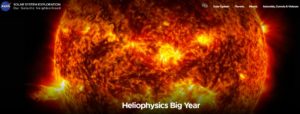The folks who run the Radio JOVE project and usually monitor Jupiter, are teaming up with NASA’s citizen science project and Heliophysics Big Year. They want your help in making coordinated observations of the Sun for the October 14, 2023 and the April 8, 2024 solar eclipses. They are organising a number of practice sessions to help people get prepared. So get your RSPs ready! To find out more, go to: https://radiojove.gsfc.nasa.gov/citizen_science/rj_eclipse2023.php

For more information about how they use an RSP in general, this video gives an overview of Radio JOVE 2.0. It includes a short demonstration of the radio spectrograph using an RSP with a dipole antenna and the associated Radio-Sky Spectrograph (RSS) software.
JOVE is a US-based public outreach, education, and citizen science project using radio astronomy and a hands-on radio telescope for science inquiry and education. Radio JOVE 2.0 is a new direction using radio spectrographs to provide a path for radio enthusiasts to grow into citizen scientists capable of operating their own radio observatory and providing science-quality data to an archive. Radio JOVE 2.0 uses more capable software defined radios (SDRs) and spectrograph recording software as a low-cost ($350) radio spectrograph that can address more science questions related to heliophysics, planetary and space weather science, and radio wave propagation. Our goals are: (1) Increase participant access and expand an existing radio spectrograph network, (2) Test and develop radio spectrograph hardware and software, (3) Upgrade the science capability of the data archive, and (4) Develop training modules to help people become citizen scientists.
For more information about the project, visit: radiojove.gsfc.nasa.gov
For more about SARA, visit: https://www.radio-astronomy.org/
